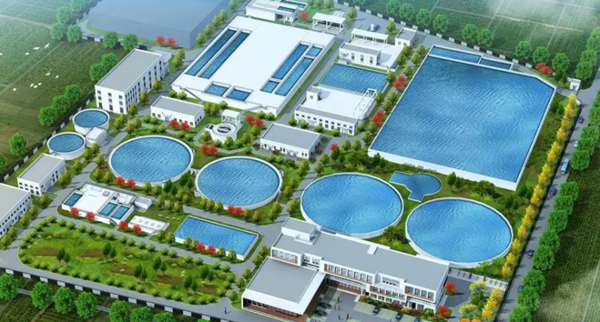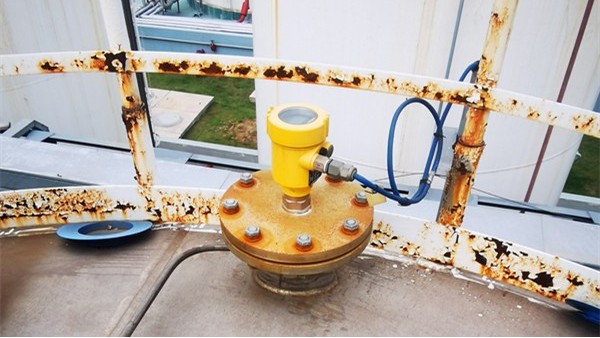In contemporary issues of environmental protection and resource recycling, precise monitoring and control of material levels is of vital importance.
As an advanced measurement tool, radar level meter plays an indispensable role in the environment and recycling industry due to its high precision and non-contact characteristics.
This article will explore the application and importance of this technology in different situations.

In sewage treatment processes, radar level gauges are used to monitor the liquid level in sedimentation tanks or reactors. Due to the intense chemical corrosion, foam and vapors often associated with these environments, traditional measurement equipment can be damaged or provide inaccurate data. The radar level meter measures the liquid level by emitting microwaves and receiving its reflected waves.
It is not affected by the properties of the medium and can work stably and reliably, ensuring the continuity and efficiency of the processing process. Landfills are another important application scenario. Here, radar level gauges are used to monitor the height of waste piles, which is crucial for judging the remaining capacity of landfills and planning new waste storage areas.
In addition, by monitoring the thickness of the covering material, gas leakage can be effectively prevented and the impact on the surrounding environment and residents is reduced.

Radar level meters are also widely used in renewable resource recycling stations. For example, in the process of recycling materials such as metals and plastics, it is necessary to know exactly how much material is in the storage container so that it can be sorted and reprocessed effectively.
The radar level meter can work normally in an environment with lots of dust and high humidity, ensuring the smooth progress of recycling operations. Industrial wastewater treatment is also where radar level gauges come into play. In wastewater containing grease and suspended solid particles, traditional measurement methods are susceptible to contamination and wear.
Due to its corrosion resistance and easy cleaning characteristics, radar level meters have become an ideal choice in this field, helping to realize real-time monitoring of wastewater volume and optimizing the treatment process.
In drinking water treatment plants, radar level meters are also widely used. It is used to monitor water levels in key treatment units such as clarifiers and filters to ensure that water quality meets standards.
Due to its non-contact measurement method, it avoids the risk of secondary pollution of water bodies and provides people with safer drinking water. In addition, radar level gauges are also indispensable in chemical storage tank management. When storing corrosive liquids or gases, accurate level information is critical for safe inventory and leak prevention.
By using radar level meters, these hazardous substances can be accurately monitored, significantly reducing potential safety risks.

Radar level meters have diverse application scenarios in the environment and recycling industries. From sewage treatment to landfill, from resource recovery to industrial wastewater treatment, and even the purification process of daily drinking water, they are all inseparable from its accurate measurement.
The use of this technology not only improves work efficiency and safety, but also provides strong support for environmental protection, demonstrating the important value of modern technology on the road to sustainable development.
